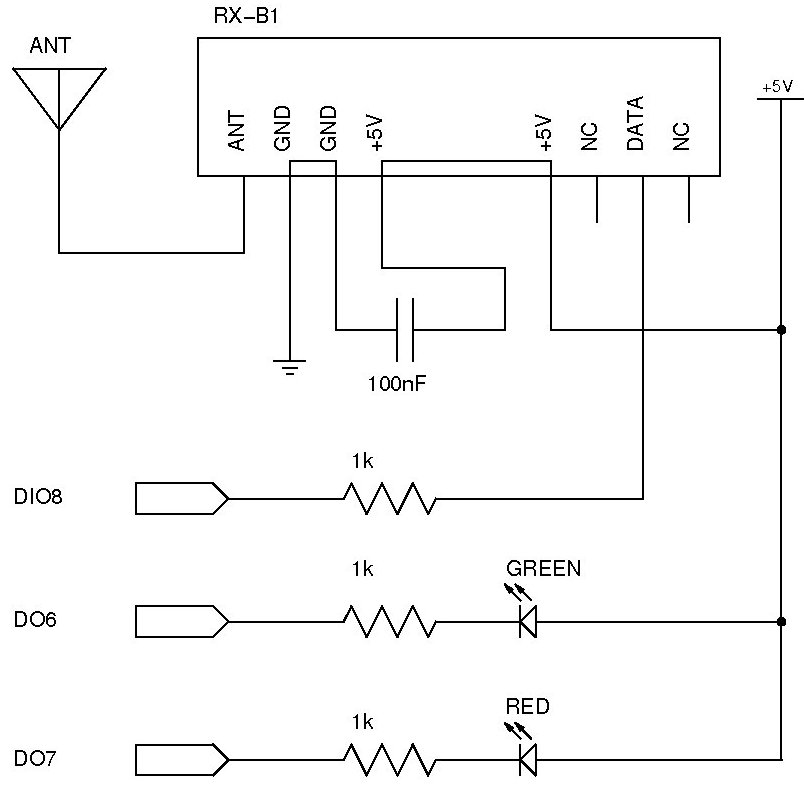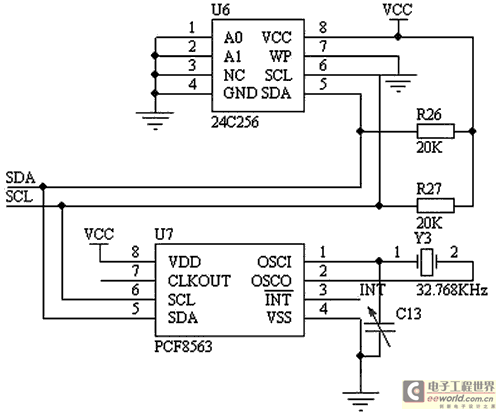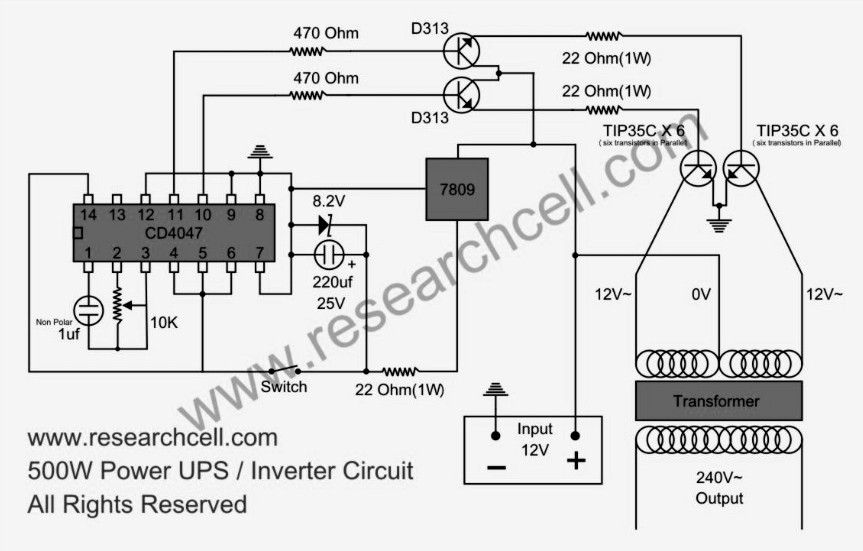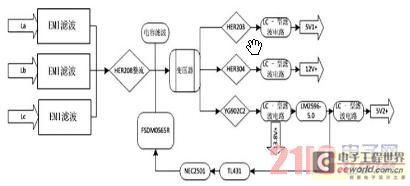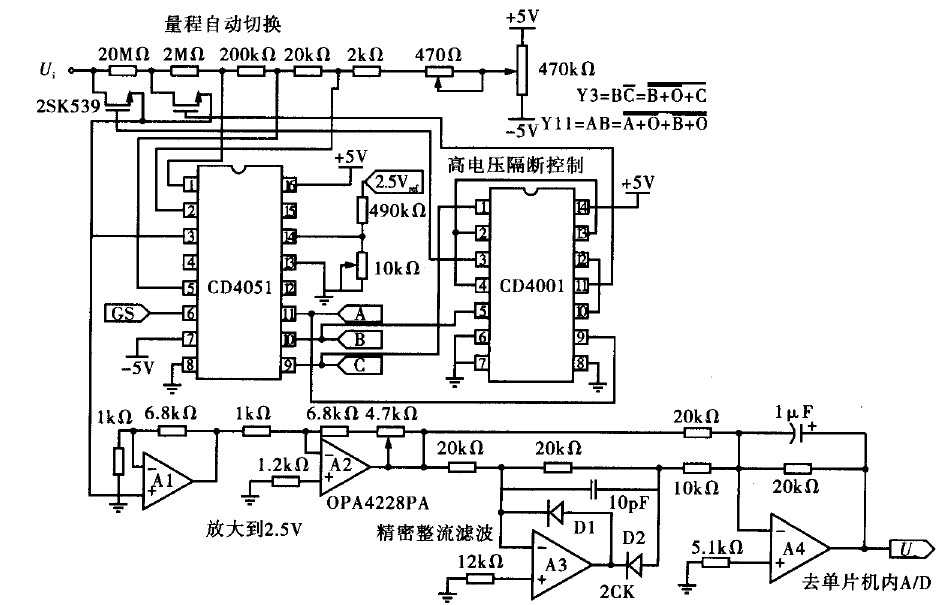
Electromagnetic Field SensorCircuit Based On The uA741 IC
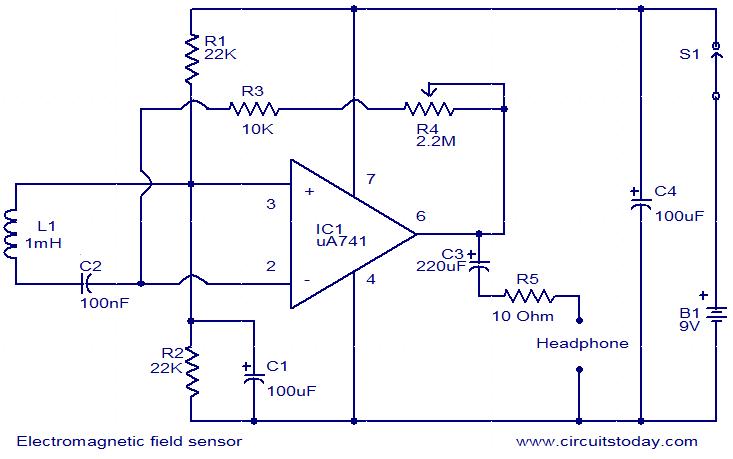
The following circuit illustrates an Electromagnetic Field Sensor Circuit Diagram. This circuit is based on the uA741 integrated circuit. Features: it is used to sense electromagnetic fields.
The Electromagnetic Field Sensor Circuit utilizes the uA741 operational amplifier to detect variations in electromagnetic fields. The circuit comprises several key components, including resistors, capacitors, and the operational amplifier itself. The uA741 is configured in a non-inverting amplifier configuration, which allows for the amplification of the small voltage signals generated by the electromagnetic field.
The input section of the circuit typically includes a sensing element, such as a coil or an antenna, which captures the electromagnetic waves. The output from this sensing element is fed into the non-inverting input of the uA741. The gain of the operational amplifier can be adjusted by selecting appropriate resistor values in the feedback loop, allowing for sensitivity tuning based on the specific application.
Additional passive components, such as capacitors, may be included to filter noise and stabilize the circuit, ensuring that only the desired frequency signals are processed. The output of the uA741 can be connected to a microcontroller or an analog-to-digital converter (ADC) for further analysis and processing of the detected electromagnetic field intensity.
This circuit finds applications in various fields, including telecommunications, environmental monitoring, and security systems, where the detection of electromagnetic fields is crucial. Proper layout and grounding practices are essential in the design to minimize interference and ensure accurate sensing performance.The following circuit shows about Electromagnetic Field Sensor Circuit Diagram. This circuit based on the uA741 IC. Features: used to sense .. 🔗 External reference
The Electromagnetic Field Sensor Circuit utilizes the uA741 operational amplifier to detect variations in electromagnetic fields. The circuit comprises several key components, including resistors, capacitors, and the operational amplifier itself. The uA741 is configured in a non-inverting amplifier configuration, which allows for the amplification of the small voltage signals generated by the electromagnetic field.
The input section of the circuit typically includes a sensing element, such as a coil or an antenna, which captures the electromagnetic waves. The output from this sensing element is fed into the non-inverting input of the uA741. The gain of the operational amplifier can be adjusted by selecting appropriate resistor values in the feedback loop, allowing for sensitivity tuning based on the specific application.
Additional passive components, such as capacitors, may be included to filter noise and stabilize the circuit, ensuring that only the desired frequency signals are processed. The output of the uA741 can be connected to a microcontroller or an analog-to-digital converter (ADC) for further analysis and processing of the detected electromagnetic field intensity.
This circuit finds applications in various fields, including telecommunications, environmental monitoring, and security systems, where the detection of electromagnetic fields is crucial. Proper layout and grounding practices are essential in the design to minimize interference and ensure accurate sensing performance.The following circuit shows about Electromagnetic Field Sensor Circuit Diagram. This circuit based on the uA741 IC. Features: used to sense .. 🔗 External reference
